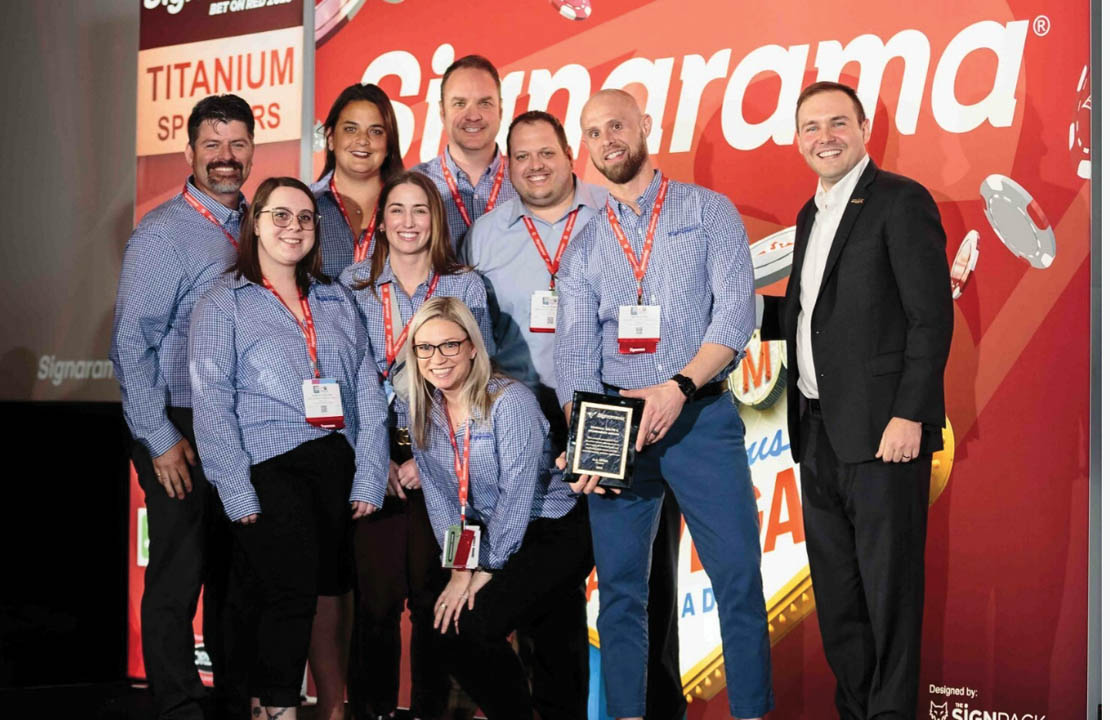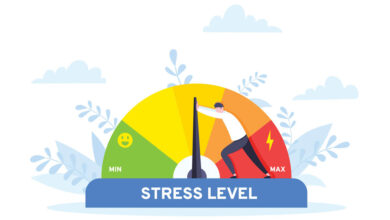Every business wants its employees to be high performers who turn in excellent results. Who wouldn’t? But unless you deliberately make performance the foundation of your company’s culture, you may never know how far your team can go. It begins at the top and filters down through managers and team members and is an integral part of the employee experience, from recruiting to hiring, training, and each day’s work, and it must include goal setting with rewards for achievement. That’s a lot of work, but you’ll be rewarded with higher rates of productivity and customer satisfaction.
Whether it is intentional or not, every company has a unique culture: the norms, values, and behaviors that drive the business. Workplace experts have identified four basic styles, and the performance variety comes closest to market culture, which focuses on achieving measurable results and rewarding employees for achieving the results.
If your sign shop successfully adopts a performance culture, you’ll have a team that embraces efficiency, precision, and customer satisfaction. It’s what you get from a team that is hyperfocused on meeting production deadlines, ensuring perfect print quality, and executing flawless installations. A team like this will thrive in a workplace that encourages learning and improving and rewards them for their contributions.
Define performance
Training and development start at the top. The leadership team must first commit to building the culture and defining what results they want to get from their teams. These key performance indicators (KPIs) should be objective standards that are achievable and measurable.
First, decide whether you want to measure individual or team success — or both. A dual approach ensures that both individual excellence and teamwork are encouraged and rewarded. When each individual is singled out for what they bring to
the team, it can’t help but make them feel good and inspire them to repeat the success.
Have a manageable number of KPIs to track — 10 to 15 make for a list that’s comprehensive but doesn’t overwhelm employees with excessive reporting. Focus on meaningful KPIs that drive real improvements.
At Signarama, we track our KPIs daily across our four main departments: local projects, national clients, production, and installation.
Your indicators might include:
- Customer satisfaction: Besides inviting comments, ask customers to rate performance on a scale from one to 10 so you can measure objectively. Remember that people often feel uncomfortable giving negative feedback in person, so let them respond anonymously. Check Google reviews, too. If you respond, be courteous and thank the customer for their feedback.
- Production efficiency: How quickly and accurately are projects completed? List the expected and actual completion times and the number of corrections needed.
- Installation success rate: Track the number of error-free and on-time installations.
- Sales conversion rate: Evaluates how effectively leads turn into signed projects.
These are more than just numbers — they are tools that help identify strengths, uncover areas for improvement, and guide team discussions.
Be sure your KPIs are clear and align with your business objectives. And, of course, make sure the teams know what you’re tracking and what standards they must meet, starting with hiring. Let applicants know your performance standards. Make this part of training and developoment of established team members.
Tailor your KPI expectations to an employee’s role and tenure, ensuring fairness and relevance. Set the bar high but make it reachable. Create a short list of improvement areas and consistently focus on one to three of them each month.
Training for success
Every employee deserves a company-paid training program that sets clear standards; so do the customers who will feel the results in quality work.
Training isn’t just about skill-building — it’s about mindset. A well-trained employee is more confident, engaged, and productive. By making ongoing education a core value, you cultivate a team that doesn’t just show up but shows up prepared and ready to perform at a high level.
Your training programs should include a performance-based incentive tied to your KPIs, which show the employee’s direct impact on their department and the company as a whole. This reinforces the idea that performance matters and that effort is recognized and rewarded.
It’s almost guaranteed that you’ll encounter some challenges as you establish a performance culture if you haven’t stressed this before. Lower-performing staff will probably resist accountability. They may push back against KPI tracking for fear it will be used as a punitive measure. This is understandable if you’ve never set objective standards. Be clear from day one that this is not a way to punish or “weed out” poor performance, but encourage good performance and help team members improve. Consider announcing the rewards they can earn with good performance, so they can better make this connection.
You may even find the poor performers welcome the new standards because they’ll finally know how to succeed.
Never stop improving
 A performance culture is not something you set up once and watch it go. It takes continuous monitoring and refinement, with regular checks to see if the plan itself is doing its job. Are you getting better results now that everyone knows your expectations? Or are you measuring the wrong things?
A performance culture is not something you set up once and watch it go. It takes continuous monitoring and refinement, with regular checks to see if the plan itself is doing its job. Are you getting better results now that everyone knows your expectations? Or are you measuring the wrong things?
Push the leadership team and frontline employees to stay accountable to each other all year-round, not just during peak production times. Everyone should see that performance expectations don’t only matter in busy times. By the same token, don’t let anyone cut corners when things are hectic. “We don’t have time to do a checklist” is never acceptable. You must create a culture where excellence is the norm, not the exception.
Make your performance standards clear, consistent, and achievable, and make performance a daily concern — not an occasional initiative. You’ll foster a company culture where accountability, growth, and excellence become second nature.




